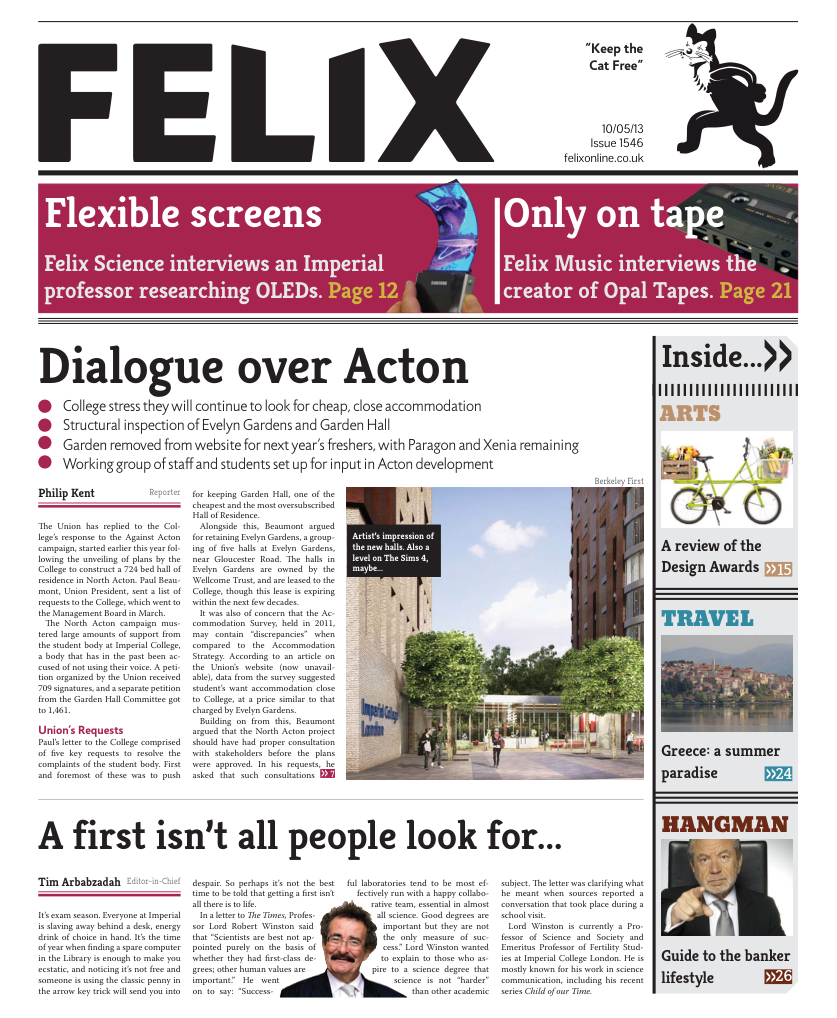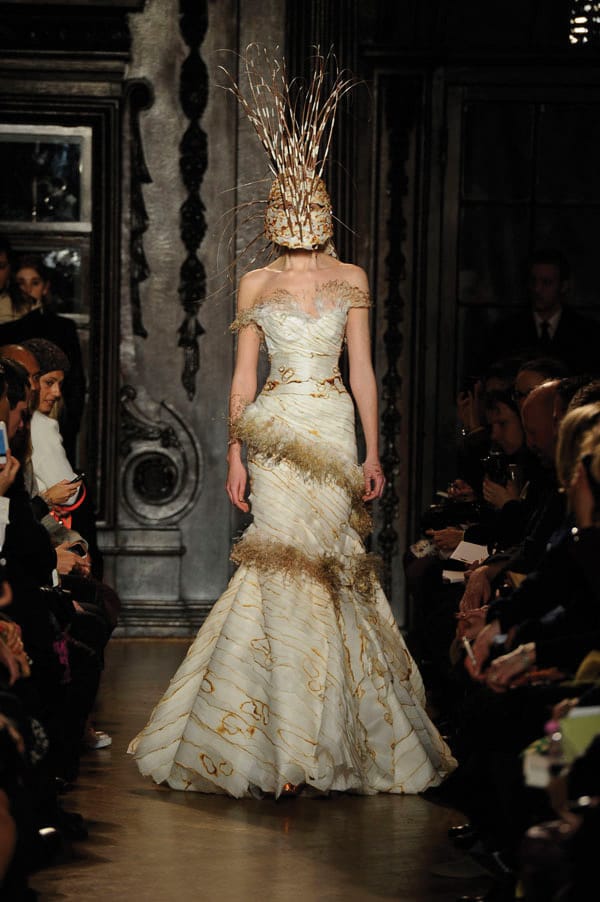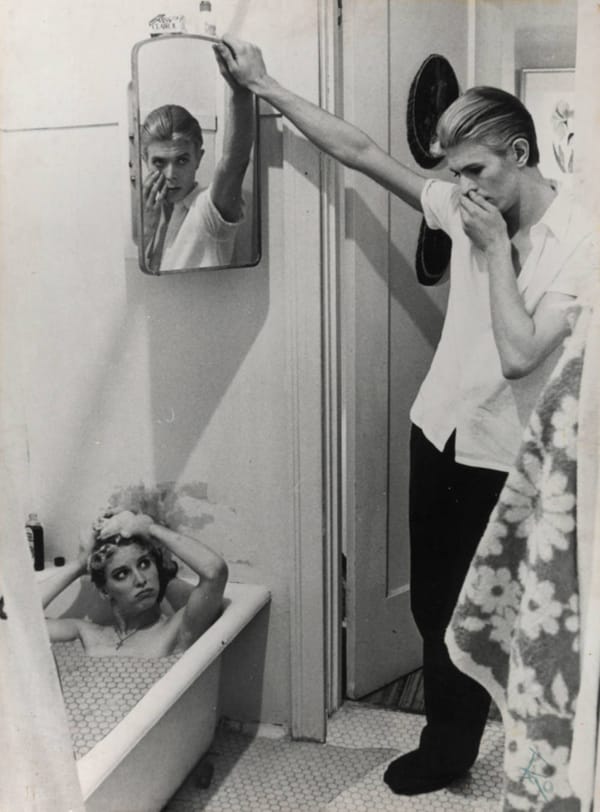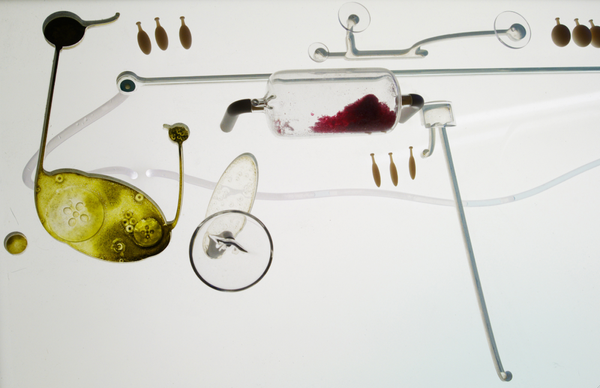Breaking the backdrop
Fred Fyles reviews Fraulein Julie, which seamlessly merges technology and stagecraft to form a new kind of theatrical experience
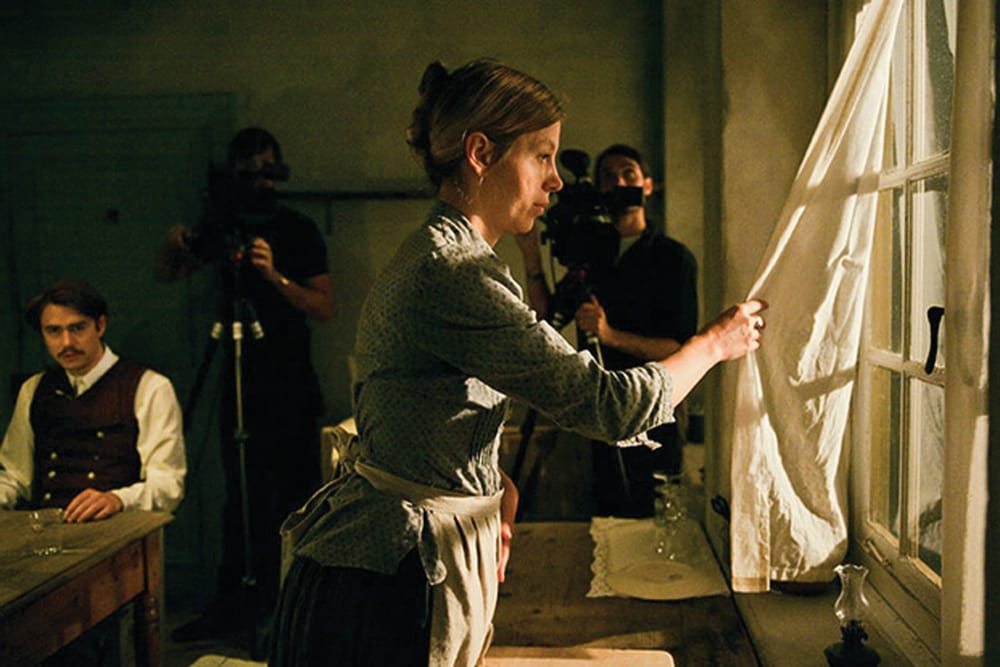
The world of theatre revolves around the invisible. Behind the actors, off to the side, there will be a dedicated team of people bringing the stage to life; lighting, staging, and sound design all form the invisible heart of the production, playing with the audience’s emotions in subtle ways and creating the magic that keeps people returning to the stalls. This team are usually hidden, their work not fully appreciated – nor understood – by the theatre-going crowd. But what happens when this world is brought into the open, placed under the brilliantly bright stage lights? It is a question that director Katie Mitchell has attempted to answer with her stunning production of Fraülein Julie, which seamlessly merges technology and stagecraft to form a new kind of theatrical experience.
A radical interpretation of Strindberg’s 1888 original play, Maja Zade’s translation has cut out large portions of the script, shifting the focus from the eponymous Fraülein to Kristin (Jule Böwe), the cook who can only observer as her fiancé Jean (Tilman Strauß) enters into a romantic tryst with Fraülein Julie (Luise Wolfram). This alone is already a radical departure from the traditional Strindberg, but Mitchell’s meticulous production design and staging challenge the conventions of tradition even further.
The action takes place on a midsummer’s night at a Swedish country estate, and a large proportion of the stage is taken up with the kitchen in which Kristin works; closed off to the audience, the only way we can see inside is through the windows. However, an enormously talented camera-crew have invaded the set, and what they film is shown, live, above the stage. The effect is startling; the audience is both removed from the action, and shown it in excruciating detail. We get to see the pain in Kristin’s face up close – every movement or twitch taking on a new importance
This is not the only way in which the audience gets to see what they would normally not be able to. Mitchell has said that with this production she is attempting ‘theatrical cubism’ – showing all the different levels of the production simultaneously – and she lives up to her word. As well as the camera-crew there are two soundproof recording studios off to the side, where actors enter to record internal monologues, and a live cellist on stage providing the soundtrack. The real stars of the show, however, are the foley artists; clad in black, they take up the front of the stage, painstakingly creating all of the sound effects in the play. From the click of heels walking across floorboards, tothe bubbling of pans and rustling of cloth that form the soundscape of Kristin’s domestic drudgery, the foley artists create all of the ambient sounds we can hear in the play. The result is breathtaking, but also make it difficult to know where to focus; should we be looking at the foley artists, or the actors, or the screen? After leaving the theatre it is difficult to tell if I’ve missed anything; it is certainly a production that needs to be seen twice.
With all of the technological wizardry going on, it wouldn’t be a surprise if the performances are sub-par. They are not. The actors, drafted over from the Berlin Schaubühne, are effortlessly in control of their performances. The nature of this production requires a high level of precision; any mistakes the actors make might lead to the cameras or sound being out of time.
Mitchell has said that past productions have had to be halted completely because of slip-ups. Control is therefore of the utmost importance. While this lends the actors a quality that some would describe as robotic, it perfectly reflects the restrictive social values of the time and makes the instances where the characters show pure emotion even more shocking.
Jule Böwe is on top form as Kristin, displaying a virtuosic ability to layer emotion upon emotion, with slight - almost invisible – movements betraying what she is really feeling. Wolfram’s Fraülein is also sublime, floating around the stage like a hollow shell, creating a wonderful juxtaposition against Kristin’s stoic character.
As with any playwright whose works have entered into the literary canon, directors who stray too far from the beaten path may be criticised for ‘betraying the work’s integrity’. I am sure that there will be a number of critics who feel that Mitchell’s take on this naturalistic classic is too robotic, too mechanical, to truly reflect what Strindberg was trying to achieve. The script alone is radically different enough to give professors of Scandinavian literature an aneurism.
Unfortunately the show has now finished its run. However, it is my opinion that Mitchell did not simply succeed with this production, she reaches dizzying heights and shows what is possible on the stage. Fraülein Julie is balanced on a knife edge of timing and control but, by revealing the invisible art of theatrecraft to the audience, Mitchell has created a production that is both magical and technical. A true modern classic.


